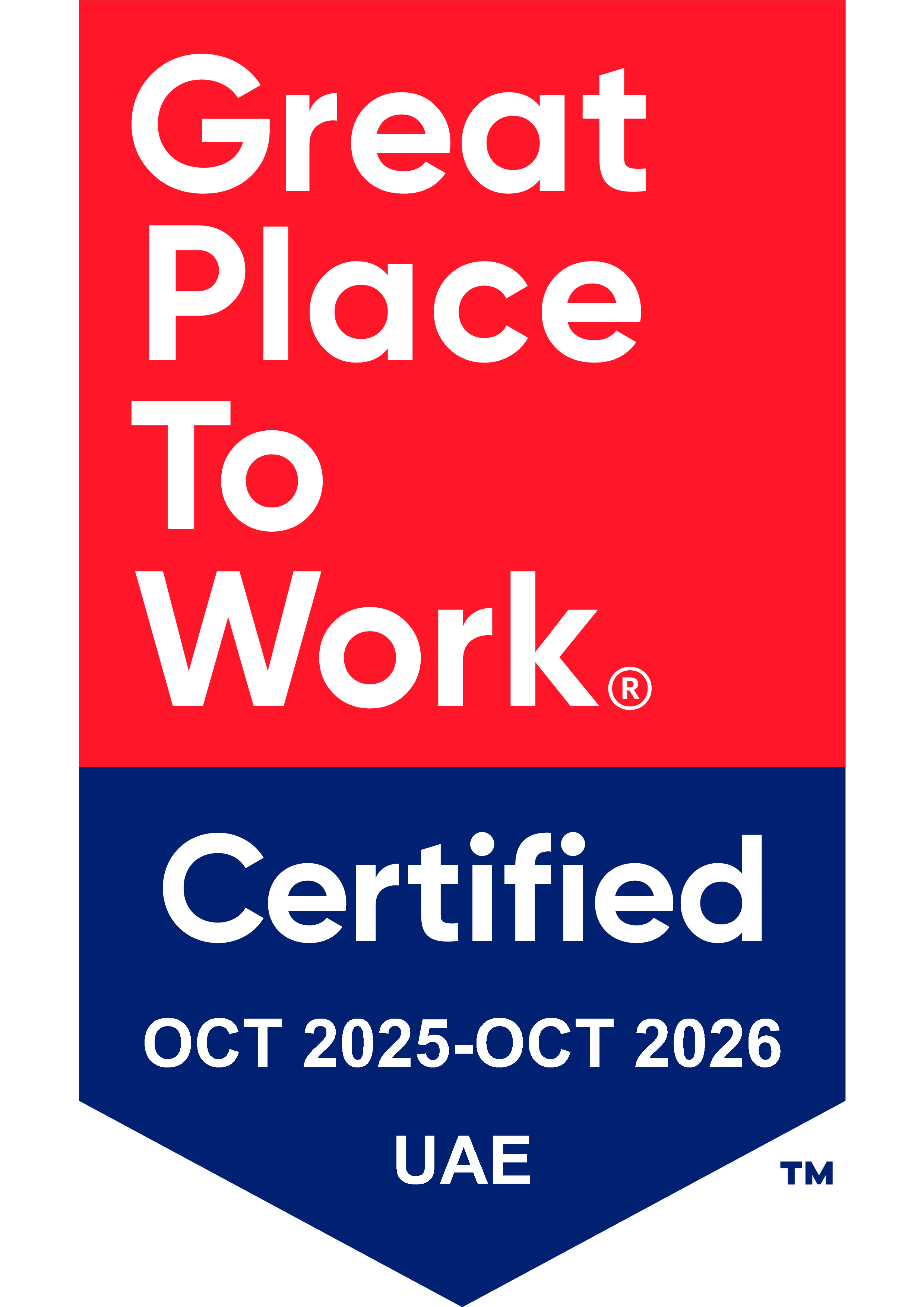OOH Industry Snapshot: AI-driven tools are streamlining processes
AI-driven tools are allowing us to run smoother campaigns and deliver better client results, says BackLite Media's James Harrison.
What OOH innovation has excited you the most recently and why?
One of the most creatively-inspiring innovations I want to see more of is the use of augmented reality (AR) in OOH advertising. AR adds a layer of interactivity and immersion that traditional ads can’t match. Imagine billboards that allow passersby to interact with virtual objects or characters overlaid on the real-world scene through their smartphones. This technology grabs attention and creates memorable experiences that enhance brand recall and engagement. It’s a fascinating blend of creativity and technology, reshaping how brands connect with their audiences in the physical world.
Are audience analytics and programmatic DOOH changing the advertising landscape?
At BackLite, we’ve integrated our inventory with global supply-side platforms (SSPs). By leveraging real-time data through AdMobilize and mobility data through Streach, we can precisely analyse foot traffic, demographics, and behavioural patterns. This enables us to create more personalised, relevant campaigns that engage specific audiences. Clients have realised that the programmatic DOOH allows for real-time optimisation and ensures that brands can maximise their reach and ROI with data-driven decisions. The acquisition by Multiply Group allows us to do something that couldn’t be done before: create scale, which is the lifeblood of PrDOOH; we can now offer massive reach across Dubai and Abu Dhabi.
Is AI making a marked difference regarding creative and operational efficiencies within the OOH space?
Yes. I can confirm that it’s here and assisting us in predicting traffic flows with AdMobilize, analysing content to enhance creativity with Neurons, and gauging attention through eye tracking to optimise content in real-time through AdMobilize and Broadsign. This opens new possibilities for brands to deliver more relevant and engaging messages. From an operational perspective, AI-driven tools are helping us streamline processes such as inventory management, media planning, and audience targeting. It’s allowing us to run smoother campaigns and deliver better client results.
How have digital technologies enhanced measurement capabilities?
They have been providing more precise and detailed data on campaign performance. We gain better insights into viewer demographics, engagement duration, and post-interaction behaviours through advanced audience tracking, location-based data, and integrated third-party platforms. These improved measurement tools enable us to deliver transparent reporting to clients, allowing them to grasp the direct impact of their campaigns and make real-time adjustments for optimal outcomes. This heightened accountability and data accuracy have transformed OOH into a vital component of every integrated marketing strategy.






